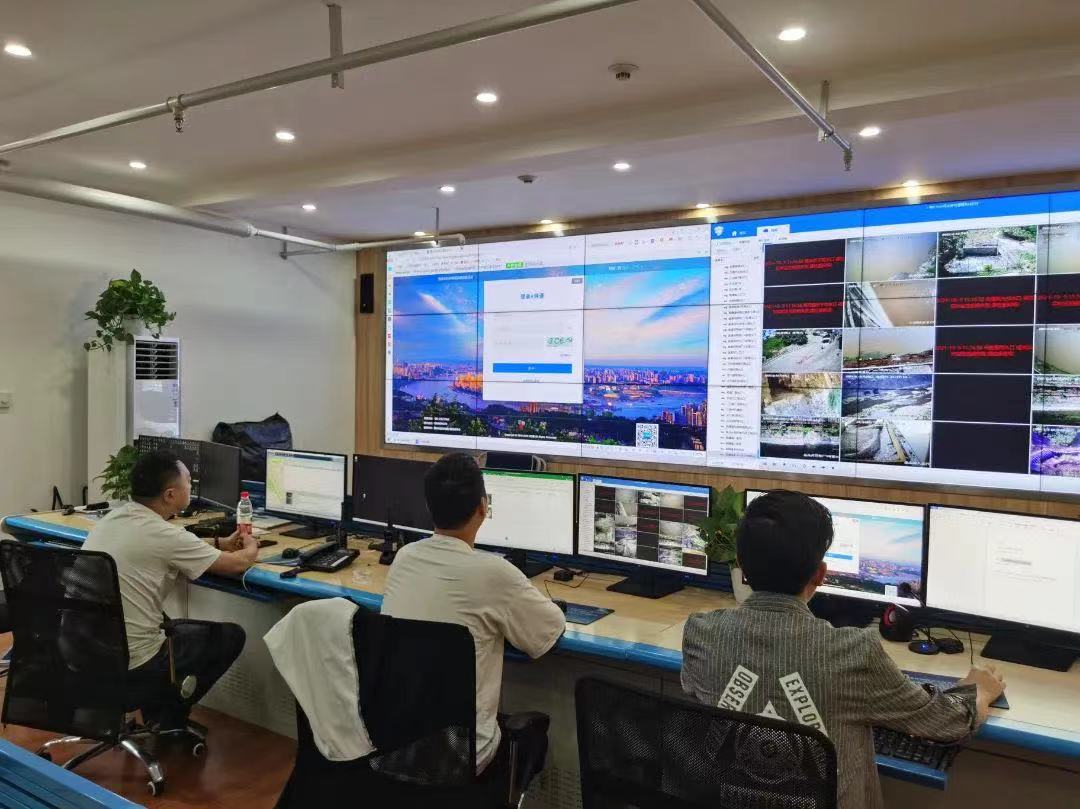 Bridging News
Bridging News
Chongqing Launches China's First Province-Level Digital Pipeline System
Chongqing - The underground pipeline network supports city operations as an integral part of urban infrastructure, yet frequent construction excavations, external damages, and challenges in accident management have long troubled administrators.
The Chongqing municipal government has leveraged digital innovation to construct China's first province-level digital twin system for underground pipelines, exploring a digital governance path suitable for managing megacities.

The backstage management center conducts dynamic supervision of underground pipeline projects. (Photo/Chongqing Municipal Administrative Committee of Housing and Urban-Rural Development)
The system integrates 62,000 kilometers of vector data for four major types of pipelines, including gas and water supply, striving for comprehensive management coverage. In Chongqing’s core areas, such as Jiefangbei and Hongyadong, the system achieves 3D visualization of the underground network, enabling managers to view details like pipeline routes and diameters intuitively.
Simply clicking on any point on the computer will display the distribution of the underground pipelines, with attributes such as relative location, burial depth, diameter, and flow direction visible.

The management crew inspects the pipeline conditions in the utility tunnel. (Photo/TY Lin)
Citywide, the system has installed 6,716 sets of intelligent perception devices at 5,156 key risk points, creating an all-weather monitoring network that includes multiple safety measures, such as gas leak detection and flood early warning. Through an interdepartmental data-sharing platform, it established a closed-loop management system of “monitoring–early warning–response”.
For instance, in the water quality monitoring application at sewage outlets, the system can complete the entire process—from alarm to the generation of an emergency response plan—in as little as two minutes, demonstrating the potential of digital technology in intelligent emergency management.
Through this system, Chongqing has accumulated experience in promoting the digital management of urban infrastructure and intelligent emergency response, offering a new approach and practical case for underground pipeline governance in megacities worldwide.
 Related Stories
Related Stories